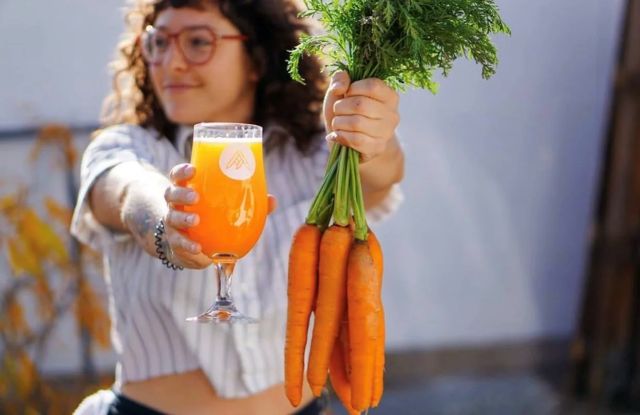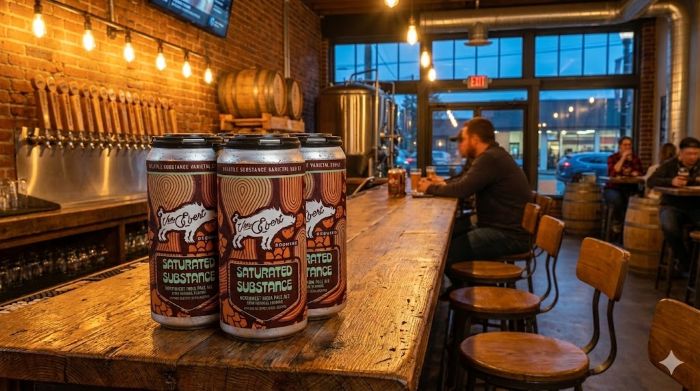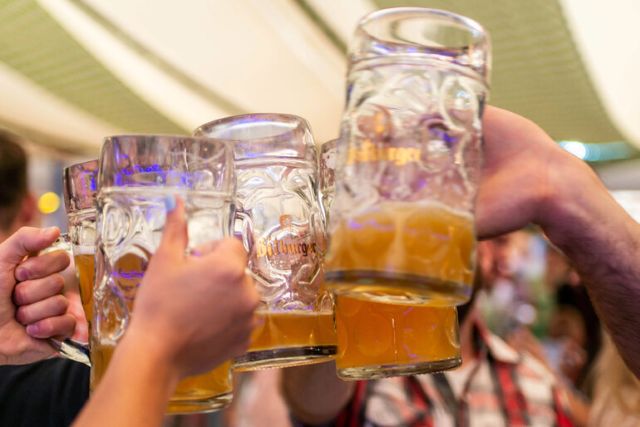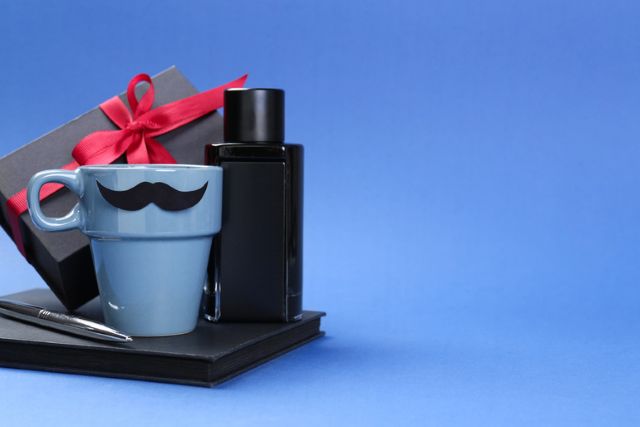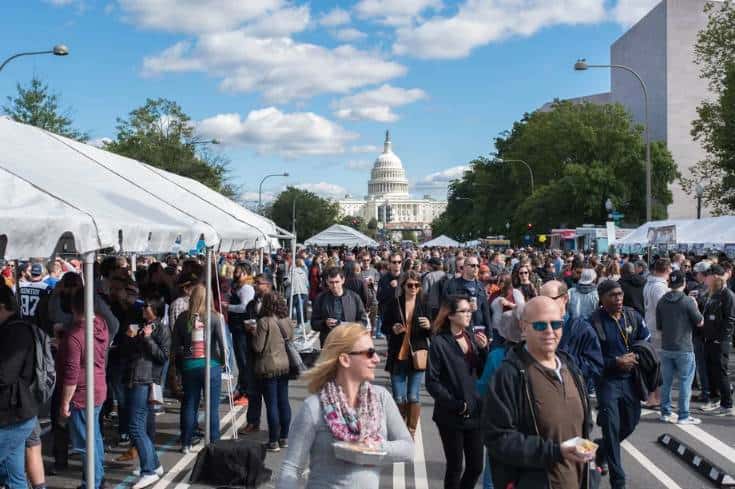An American Craft Beer Guide To Beer Taxes
An American Craft Beer Guide To Beer Taxes
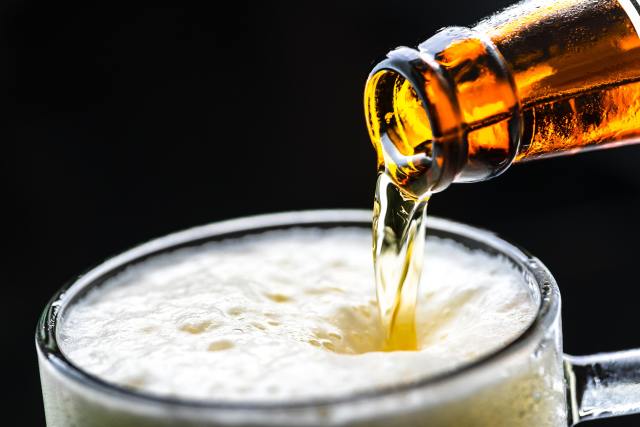
It’s been estimated that almost 40 percent of the retail price you pay for beer goes to state and federal taxes…And that can drive one to drink.
Beer taxes fall into the realm of what is commonly described as sin taxes…Taxes levied on activities that a society judge’s unfavorably and it appears that drinking beer is one of those activities….
But how do beer taxes actually work, and why do they matter so much to craft brewers?
The Basics: What Exactly Is a Beer Tax?
At the most basic level, beer taxes are excise taxes—a charge levied by the government on every barrel (31 gallons) of beer a brewery produces or sells. Unlike sales tax, which you pay at the register, excise taxes are baked into the cost of the beer before it even hits the shelf.
There are two main levels:
- Federal excise tax: Charged by the Alcohol and Tobacco Tax and Trade Bureau (TTB).
- State excise tax: Set individually by each state, often varying wildly.
Together, these taxes can range from mild to downright punishing depending on where the beer is brewed or sold.
The Federal Breakdown
Thanks to lobbying from groups like the Brewers Association, small brewers have caught a few breaks in recent years. The Craft Beverage Modernization and Tax Reform Act (CBMTRA) made permanent the reduced federal excise tax rates that were originally introduced in 2018.
Here’s how it works:
- First 60,000 barrels: $3.50 per barrel (for small brewers producing less than 2 million barrels annually).
- Next tier (up to 6 million barrels): $16 per barrel.
- Large producers (above 6 million barrels): $18 per barrel.
It may not sound like much, but that $14.50 difference per barrel adds up fast—especially for small, independent breweries that rely on slim margins to stay afloat.
️ State Taxes: A Patchwork System
Now here’s where things get messy.
States levy different levels of taxes on beer. And according to data compiled by the Tax Foundation those taxes can range from a meager two cents per gallon in Wyoming, to a hefty $1.29 per gallon in Tennessee. Often included in price, you usually don’t see excise taxes listed separately on your receipt, as they are often included in the product’s overall price
- Mississippi has the highest state beer tax at $1.29 per gallon.
- Wyoming boasts the lowest at just $0.02 per gallon.
- The national average sits around $0.33 per gallon.
Even neighboring states can differ dramatically. For example, a six-pack brewed in Oregon might carry a lower tax burden than one brewed right across the Columbia River in Washington.
For craft brewers operating near state lines—or those distributing nationally—these differences can shape where they open new facilities or how they price their products.
Why It Matters for American Craft Brewers
For large corporations like AB InBev, paying millions in taxes is just part of doing business. But for a 5-barrel brewery in Vermont or a startup taproom in Texas, those same taxes can make or break profitability.
Higher taxes can:
- Raise beer prices for consumers.
- Limit reinvestment in new equipment or jobs.
- Discourage expansion into new markets.
That’s why organizations like the Brewers Association continue to advocate for fair, tiered taxation that recognizes how different small-batch brewing is from industrial-scale production.
The Consumer Connection
Even if you’re not running a brewery, beer taxes still affect you every time you buy a pint. Industry experts estimate that 40% or more of the retail price of beer can go to taxes when you factor in all levels—federal, state, local, and sales.
So the next time you’re paying $8 for that hazy IPA, remember: a good chunk of that is going to Uncle Sam and your state treasury.
Bottom Line
Beer taxes may not be as exciting as new hop varieties or barrel-aged stouts, but they’re one of the biggest factors shaping the craft beer biz. From pricing to production, these behind-the-scenes numbers tell a story of how brewers navigate a complex system just to get their beer into your glass at a price they can profit from.
So here’s to the folks that not only brew the beer but also do the math—because in the US taxation remains the most expensive part of any beer.

